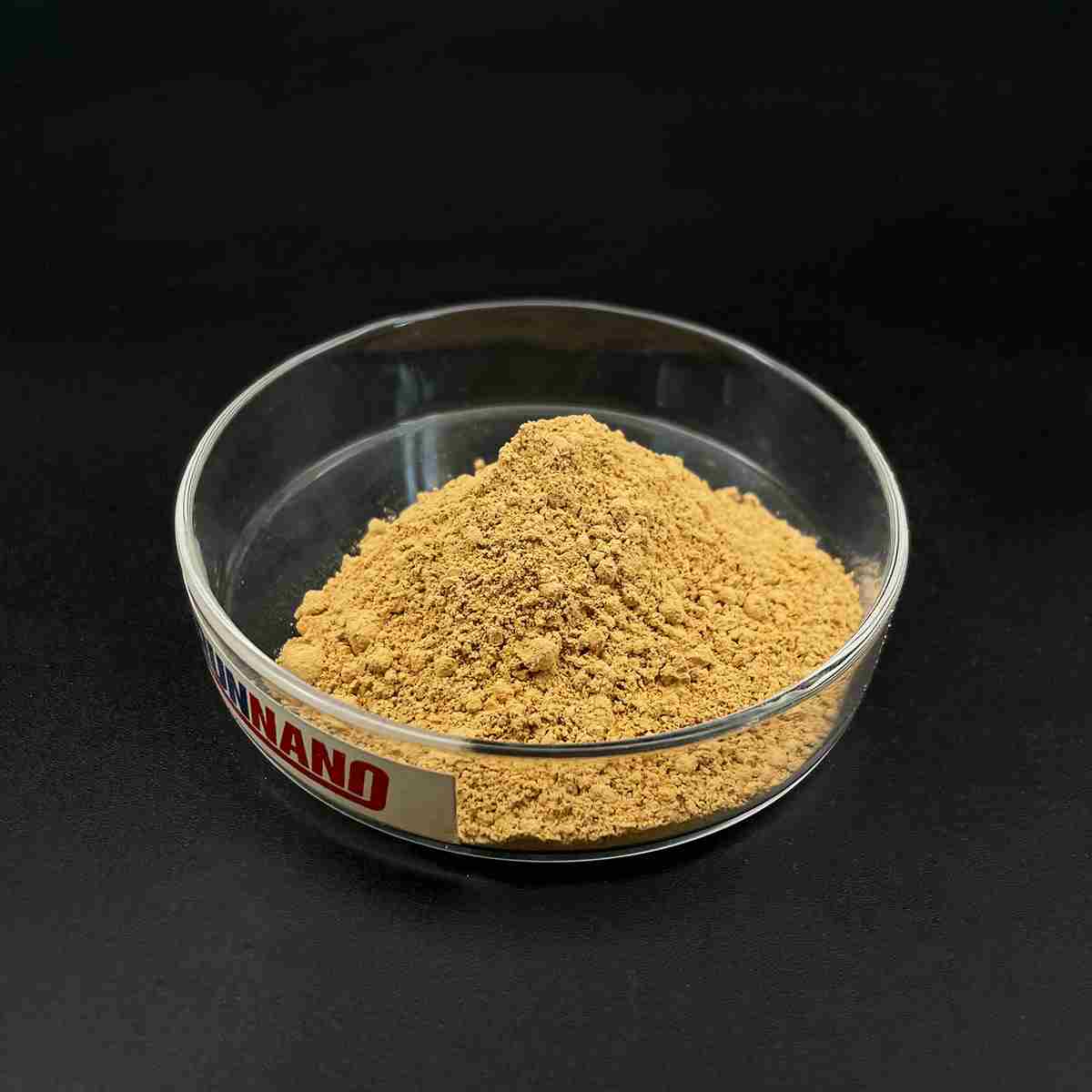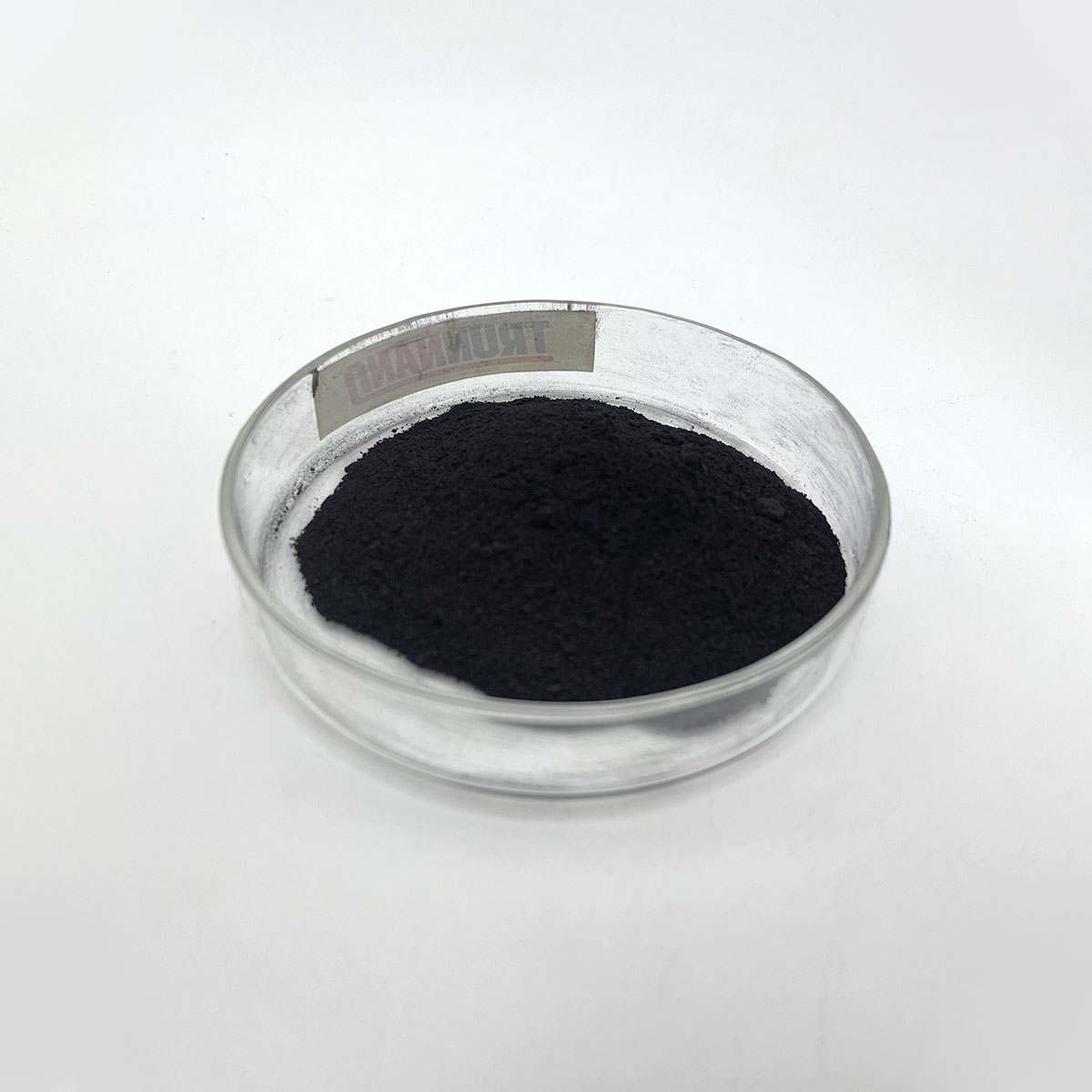Overview of Bi2Te3 p n type bismuth telluride powder for semiconductor
Telluride and selenide compounds play a significant role in the field of semiconductors, particularly in the development of advanced electronic and optoelectronic devices. These materials belong to the chalcogenide family, characterized by their ability to form compounds with elements from groups IV-VI in the periodic table.
Tellurides: Compounds containing tellurium (Te) as the chalcogen. Examples include cadmium telluride (CdTe), mercury telluride (HgTe), and zinc telluride (ZnTe). These materials have found applications in solar cells, infrared detectors, and high-speed electronics due to their tunable bandgap, high electron mobility, and good thermal stability.
Selenides: Similar to tellurides, but with selenium (Se) replacing tellurium. Notable examples are cadmium selenide (CdSe), gallium selenide (GaSe), and zinc selenide (ZnSe). Selenide compounds are widely used in light-emitting diodes (LEDs), laser diodes, and solar cells due to their direct bandgap properties and efficient light absorption/emission capabilities.
Feature of Bi2Te3 p n type bismuth telluride powder for semiconductor
Direct Bandgap: Many telluride and selenide semiconductors have direct bandgaps, which facilitate efficient light emission and absorption processes. This makes them suitable for optoelectronic applications such as LEDs and lasers.
Tunable Bandgap: The bandgap of these materials can be adjusted by alloying or altering the composition (e.g., CdSe to CdTe), enabling customization for specific device requirements across a wide spectrum of wavelengths.
High Electron Mobility: Materials like HgCdTe exhibit high electron mobility, which is crucial for high-speed electronic devices and low-noise detector applications.
Thermal Stability: Some tellurides and selenides, like ZnTe and ZnSe, demonstrate good thermal stability, making them suitable for high-temperature operation and processing.
Non-Toxic Alternatives: With increasing environmental concerns, there’s a push towards exploring less toxic alternatives to commonly used semiconductors. For instance, Cd-based tellurides and selenides are being replaced or combined with less toxic elements like Mg or Mn in some applications.

(Bi2Te3 p n type bismuth telluride powder for semiconductor)
Parameters of Bi2Te3 p n type bismuth telluride powder for semiconductor
Bismuth Telluride (Bi2Te3), also known as Bi-Te or simply Bismuth Tri Telluride, is a fascinating material that has garnered significant attention in the field of semiconductors due to its unique properties. It is a ternary compound consisting of two atoms of bismuth (Bi) and three atoms of tellurium (Te). This p-type semiconductor material holds promise for various applications, including thermoelectric power generation, optoelectronics, and spintronics.
The key parameters of Bi2Te3 as a p-type semiconductor are:
1. Bandgap: Bismuth Telluride has an indirect bandgap, with a value around 0.2 to 0.3 electron volts (eV) depending on the crystal structure and preparation method. This relatively small bandgap allows it to efficiently absorb light and convert it into electrical energy.
2. Carrier Concentration: In p-type doping, impurities such as arsenic (As), antimony (Sb), or phosphorus (P) are intentionally introduced to create holes in the valence band. The concentration of these holes determines the material’s conductivity, typically ranging from 10^16 to 10^20 carriers per cubic centimeter.
3. Thermoelectric Performance: Bi2Te3 exhibits high Seebeck coefficients, which measure the voltage generated per unit temperature difference. Its high figure of merit (ZT) – a combination of Seebeck coefficient, electrical conductivity, thermal conductivity, and temperature – makes it an attractive material for thermoelectric generators, converting waste heat into electricity.
4. Crystal Structure: Depending on the growth conditions, Bi2Te3 can form different crystal structures like rhombohedral, orthorhombic, or trigonal. Each structure influences the material’s electronic properties, with rhombohedral being the most common for thermoelectric applications.
5. Stability and Compatibility: Bismuth Telluride is generally stable under ambient conditions, but it can be sensitive to moisture and oxygen. Proper encapsulation or surface treatment is crucial to maintain its performance in practical devices.
6. Processing Techniques: To fabricate thin films or nanostructures, techniques like molecular beam epitaxy (MBE), chemical vapor deposition (CVD), or pulsed laser deposition (PLD) are employed. These methods allow precise control over the material’s properties and enable the creation of heterostructures for advanced device architectures.
7. Optical Properties: Bi2Te3 has a strong absorption in the infrared region, making it suitable for optoelectronic applications such as photodetectors and solar cells. Its direct-to-indirect bandgap transition at certain temperatures can be advantageous for tuning device responses.
In conclusion, Bi2Te3 is a versatile p-type semiconductor material with excellent thermoelectric performance and potential applications in various fields. However, further research and optimization are needed to overcome challenges like stability and scalability to fully harness its full potential in next-generation electronic and energy conversion devices.

(Bi2Te3 p n type bismuth telluride powder for semiconductor)
FAQ of Semiconductor Materials
Inquiry us






